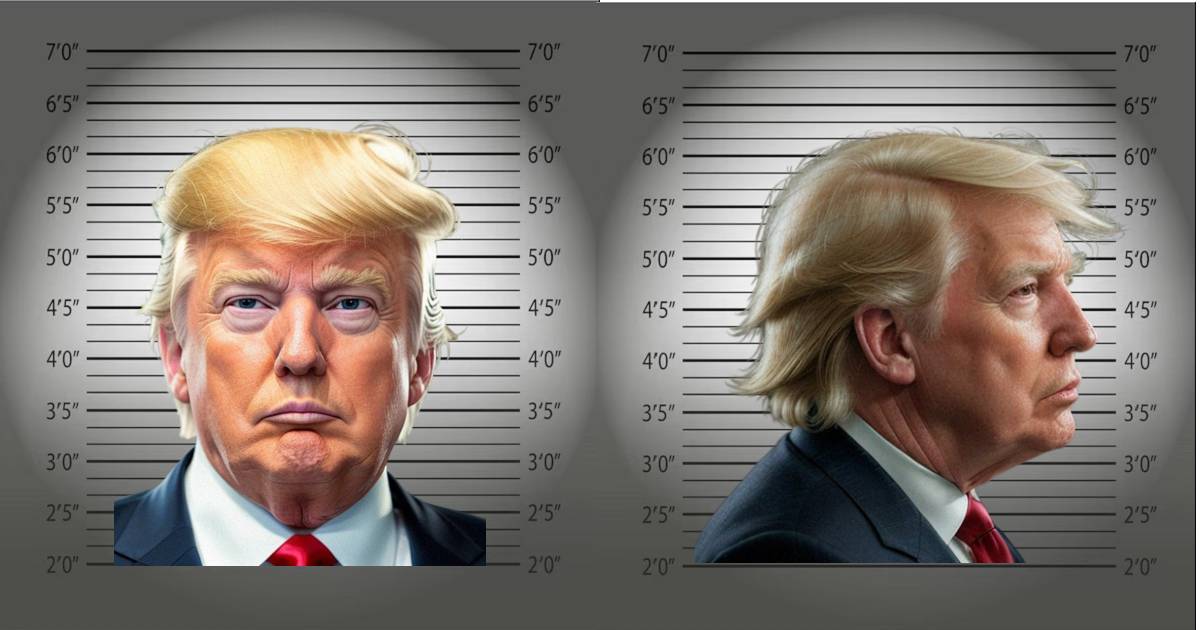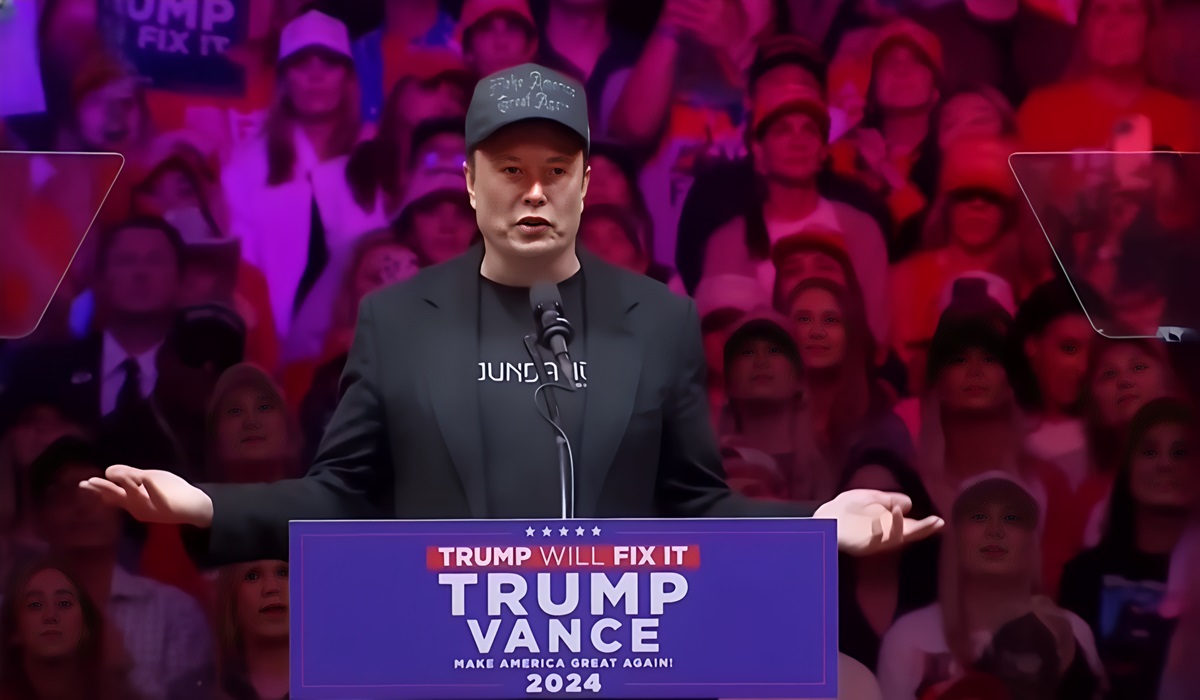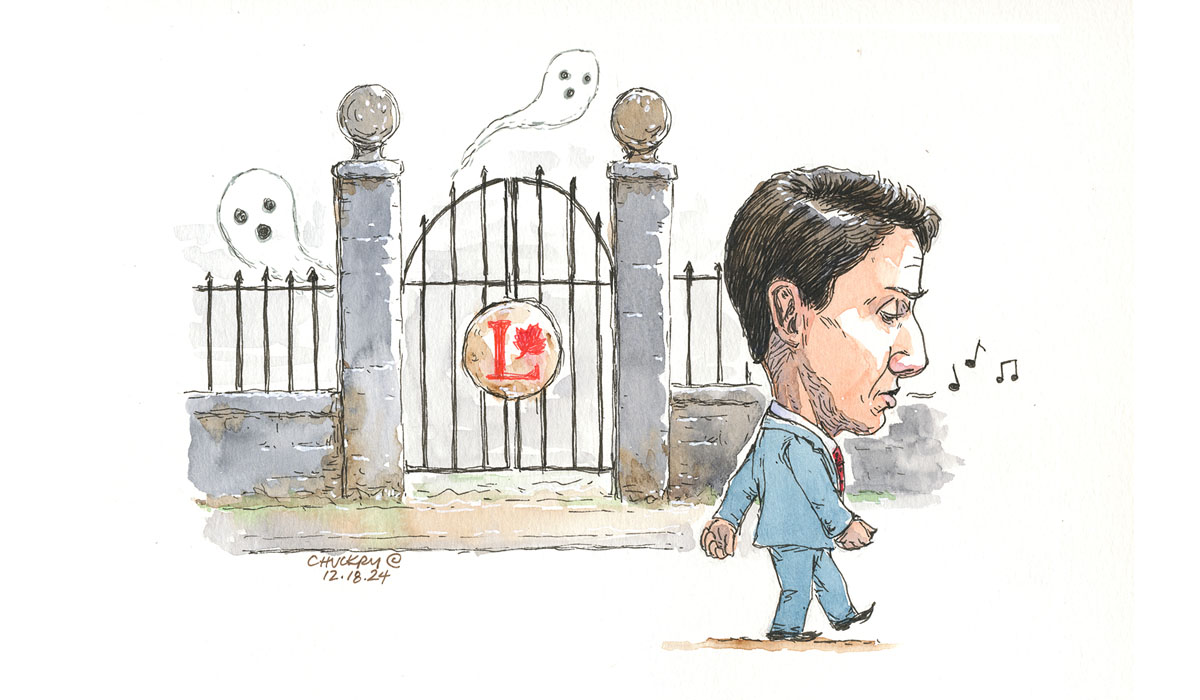Fulton County, Georgia-The convergence of law and media has given rise to new challenges and controversies, particularly in high-profile cases involving public figures. One such case that has stirred significant debate is the insistence of Fulton County District Attorney Fani Willis to obtain a mugshot and fingerprints of former President Donald Trump as part of his surrender process. This move is not unprecedented to fingerprint and mugshot a suspect; however, it has sparked discussions about the potential psychological impact of portraying a prominent individual in a manner typically associated with guilt.
With their undeniable and immediate visual impact, mugshots have long been associated with criminality. For the general public, they often evoke strong emotions and assumptions about a person’s guilt. This stems from the media’s portrayal of mugshots as a standard feature of news stories related to criminal behaviour. District Attorney Fani Willis’ insistence on obtaining Trump’s mugshot raises questions about the intended message behind this decision. The psychological effect on public perception cannot be underestimated by presenting a former President, a symbol of power and leadership, in a context synonymous with criminality.
Confirmation bias, the tendency to interpret information to confirm one’s preexisting beliefs, can play a significant role in how mugshots and fingerprints are perceived. Those with negative views about Trump may see his mugshot as confirmation of their beliefs, further solidifying their stance. On the other hand, Trump’s supporters may view this move as an attempt to unfairly discredit him, reinforcing their conviction that he is being unfairly targeted. In either case, using mugshots and fingerprints becomes a powerful tool to validate existing beliefs, potentially deepening the political divide within the country.
Moderate and independent voters often play a crucial role in determining election outcomes and public opinion. These groups tend to base their judgments on a careful evaluation of evidence and a balanced consideration of different perspectives. The use of mugshots and fingerprints as visual cues has the potential to affect these groups disproportionately. If moderate and independent voters are swayed by the visual portrayal of Trump as a criminal, it could significantly impact his public image and future political prospects.
The use of psychological tactics in legal proceedings is not new, but the overt application of such tactics in the public eye is a relatively unexplored territory. One such example is the strategic positioning of a suspect in an interrogation room to influence viewers’ perceptions. This is effective when showing jurors and plays great on the local news. The use of mugshots and fingerprints is similar, albeit on a grander scale. District Attorney Willis is playing chess, and Trump is the sacrificial pawn.
As the intersection of law and media continues to evolve, it is essential to critically examine the ethical and psychological implications of such tactics, ensuring that the pursuit of justice remains aligned with fundamental principles of fairness and due process. That being said, in Trump’s previous three indictments this year, he received special treatment and did not get finger printed or given a mugshot. It is only fair the same rules of the law be applied to him as it does to all citizens.









